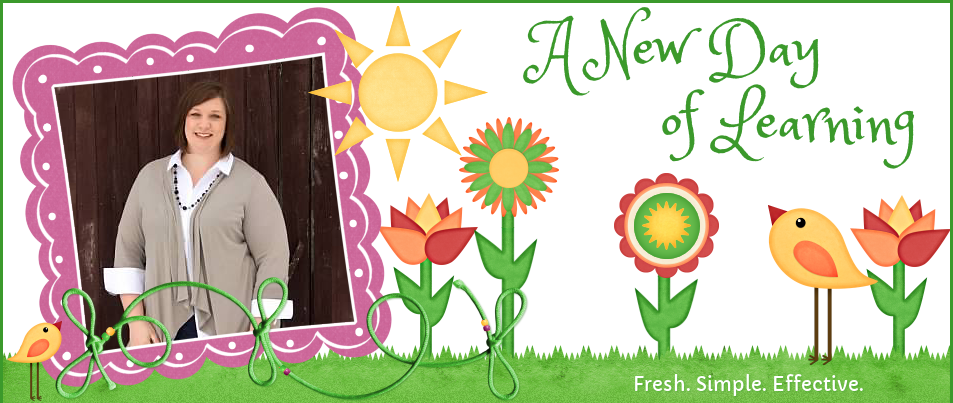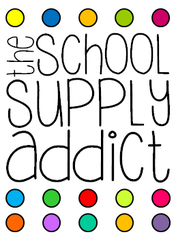# 1 - Touch of Winter Bundle
It is no secret that Educlips is one of my favorite places to get clip art! I own way more than I care to admit! I love it because it is bright, detailed and the color palettes are always spot on. You can see what I mean by checking out this freebie made with Educlips clipart.
These cute frames from Ashley Hughes are so cute for making alphabet headers for word walls, labeling cubbies or coat hooks, or adorning the covers of binders and product covers. My good friend, Theresa, at Trifecta Book Reviews, used these on the cover of one of her literature units. Adorable!
# 3 - Jumbo Rainbow Seller Kit
This kit is seriously adorable and filled with coordinating papers, frames, and ribbons. I love the bright colors and all the patterns! You can download this mega awesome pack from Instruct and Inspire.
# 4 - Riley Mini-Digital Set
This super sweet mini-set is from I Teach What's Your Superpower. I love all of the elements that come with it including the banner, the frames, washi tape, ribbon, and the paper. I could see these being used to make digital cards or for designing your next classroom theme. So cute!
# 5- Lazy Lemons
This cute set just screams summer! Offered as a freebie from A Little Piece of Africa, it features all the clip-art you need to do a lemonade stand themed party or resource. The summery colors are just right to get you out of a winter funk!
Sonya DeHart is another one of my go to ladies for digital paper. Can you believe she is giving away 100 papers for free? Amazing! You can't go wrong with a classy colors like black and white.
# 7 - Summer Fun
When I came across this set from P4Clips, I immediately fell in love with all of the beachy elements. You can see what I designed with it here and here. This set would be awesome as embellishments to summer photos!
# 8 - Colorful Mugs
I chose to share these mugs with you because you just never know when you are going to need a cup of coffee to adorn a thank you card or attach to a gift certificate for your favorite teaching buddy. I love the variety of sizes and colors in this set from Lockless Creations.# 9 - Candy Floss Design Kit
Sculpt Designs brings us the next freebie. As a math specialist, I particularly love the number paper and will have to incorporate it into an upcoming project! I also adore the whimsical swirly paper! I guess by now you can tell how much I love bright colors, too!
# 10 - Navy and Coral Paper Set
This super trendy set is compliments of Teresa Lewis. I adore navy and coral together and to get 27 different papers is a real treat!
# 11 - Back to School Bundle
Artifex designed this back to school set that comes in color and in black and white. Sweet little kids with missing teeth, stacks of books, erasers, pencils and apples make this a quintessential back to school set.
# 12 - Tartan Plaid Digital Paper
This is my first attempt at creating digital paper. This is my second. It really is fun to experiment with all the different colors and ways to get effects. Hope you can use the freebie!
# 13 - Patriotic Themed Digital Papers
Since this is number thirteen on the list, I decided to go with this patriotic sampler from Little Miss i. This pack is perfect for Memorial Day, 4th of July, and Veteran's Day.
I hope that you found some new goodies. Please remember to be kind and leave feedback if you download the freebies. I am always on the look out for new freebies and clip art designers. Give a shout out in the comments if you have any favorites!
Who are your favorite designers?
What is a great freebie you have found?

























